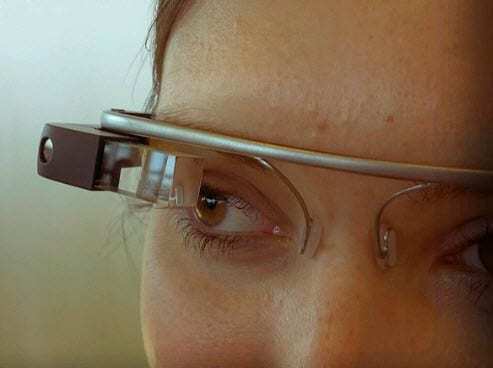 Google glasses may be able to trick dieters into consuming less food by making meals look bigger.
Google glasses may be able to trick dieters into consuming less food by making meals look bigger.
New research has suggested that augmented reality headsets, such as Google Glass, may be able to function as a kind of digital diet pill that will alter the dieter’s perception to make it seem as though a smaller meal is actually larger than it is.
A Japanese team looked into the way this relatively simple trick of AR can impact the amount consumed.
In fact, the research team in Japan found that by using augmented reality headsets, they were able to reduce the amount that the wearers would eat by up to 10 percent. They also discovered that by using the exact same trick in reverse would encourage people to eat more. They were able to use this technique to raise the consumption rates by up to 15 percent.
The augmented reality research was performed using headsets at the University of Tokyo.
The technique was relatively simple, as all it did was apply a special software that was compatible with the augmented reality devices, in order to make it appear to the wearer that the food that they were seeing in real time was larger than it actually was. The software applied a form of algorithm to deform the size of the hands in relation to the food, so that it would still appear to be a natural looking image to the wearer.
Lab tests from the Hirose-Takinawa lab at Tokyo University, which were performed by the research team, determined that when the appearance of the food underwent a magnification of 1.5 times, the result was that the user would eat approximately 10 percent less.
On the other hand, when it looked as though the food was only two thirds of its size in reality, then the test subjects were likely to eat about 15 percent more.
According to one of the augmented reality research team members, Takuji Narumi, “This technology can stimulate a feeling of having eaten enough visually.” He went on to say that “We’ve found that when food looks bigger, you feel full right away, but when it looks small, you don’t feel full even if you eat a lot.”
